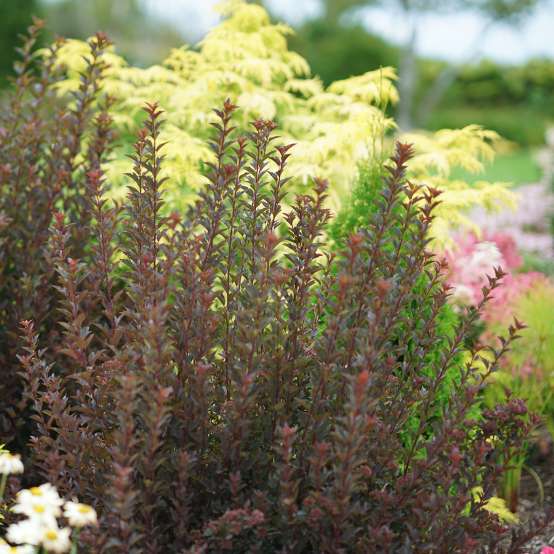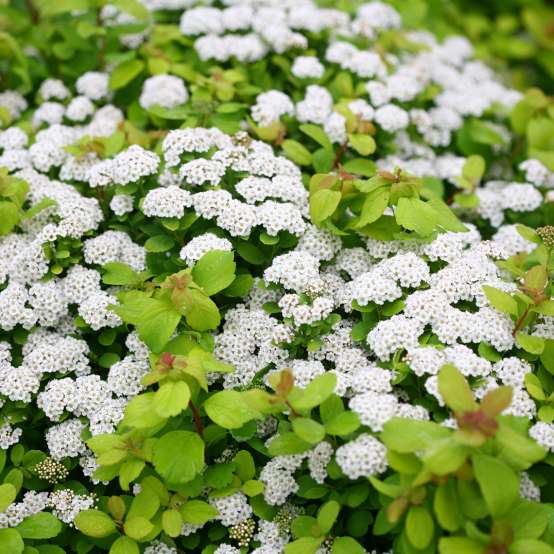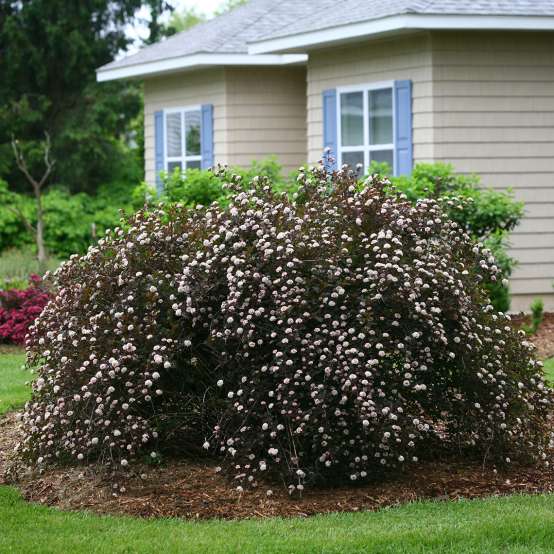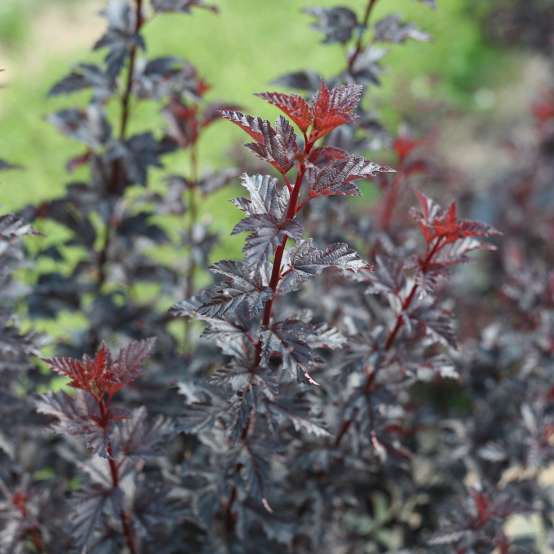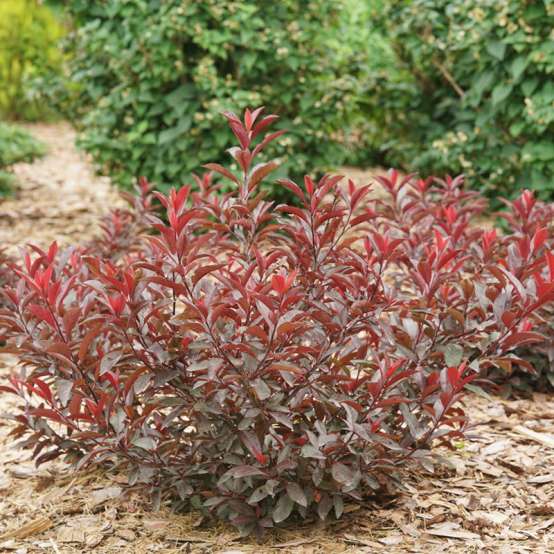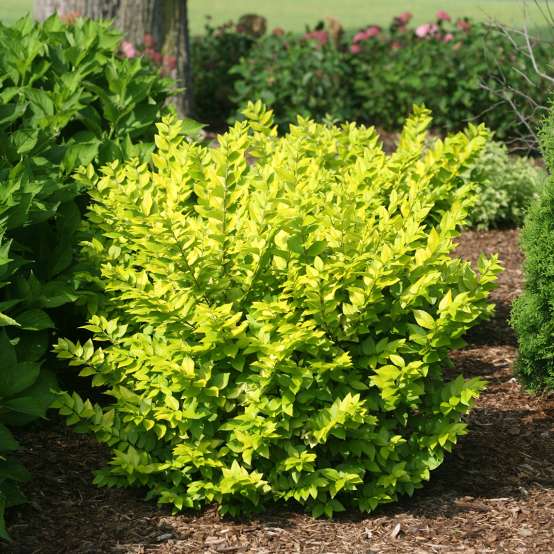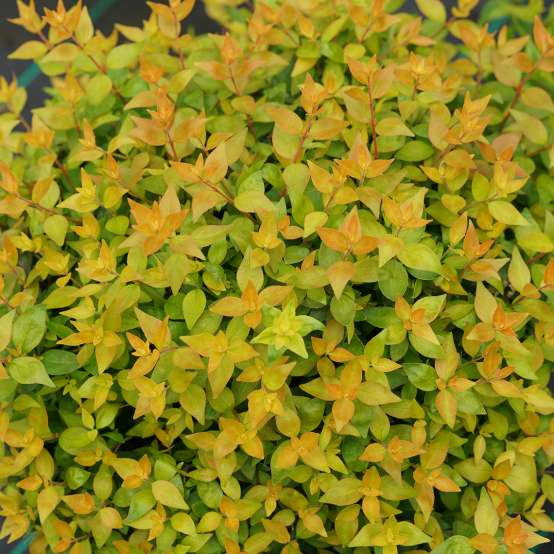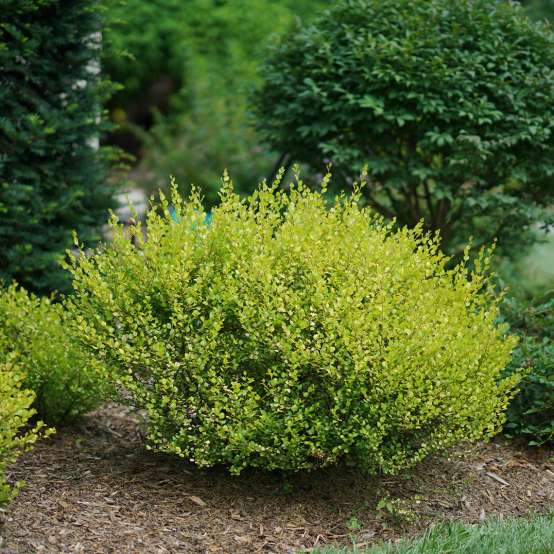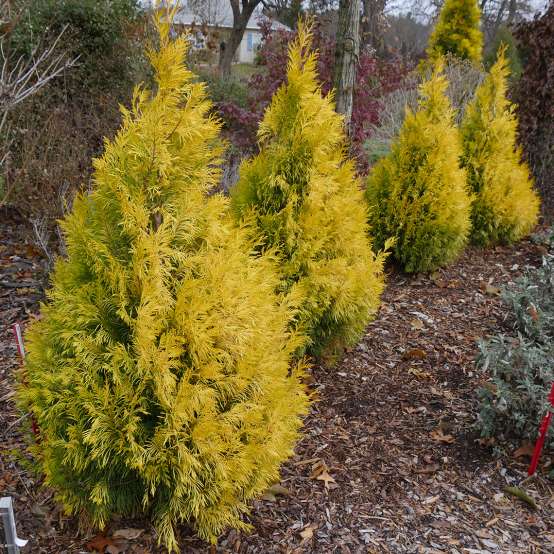Clicking the following controls will change the main image displayed above.
- Spec Sheet: Ginger Wine® Physocarpus Spec Sheet
- Benchcard: Ginger Wine® Physocarpus Benchcard
- Plant of the Week: Plant of the Week April 23, 2020
- Tag: Ginger Wine® Physocarpus Tag
- Grower Sheet: Ginger Wine® Physocarpus Grower Sheet
- Booklet/Brochure: A New Vision for Native Shrubs

Meet the Breeder
Tim Wood
Grand Haven, MI, USA
GINGER WINE®

Ninebark
Physocarpus opulifolius
'SMNPOBLR'
PP#28,695; CBR#5939
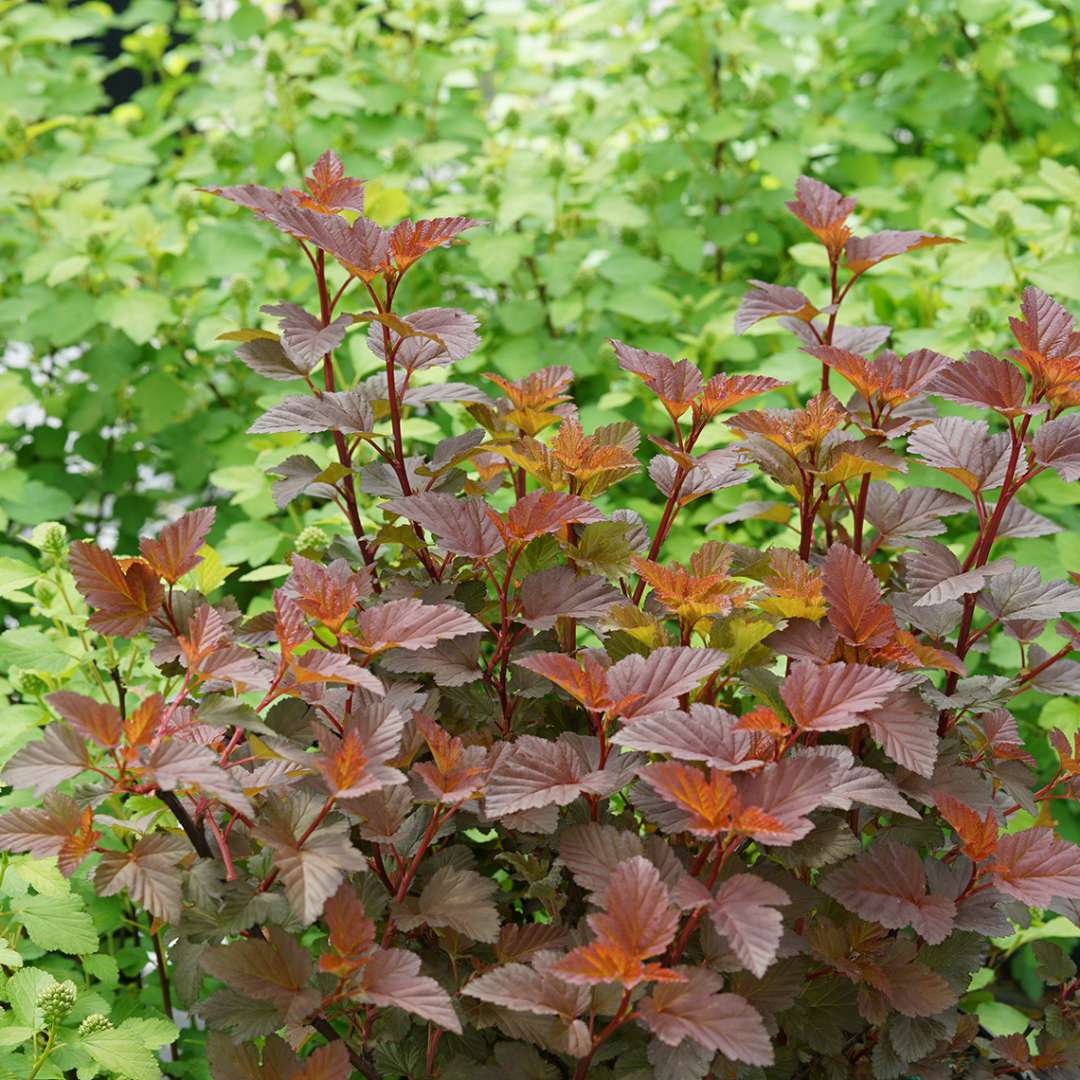
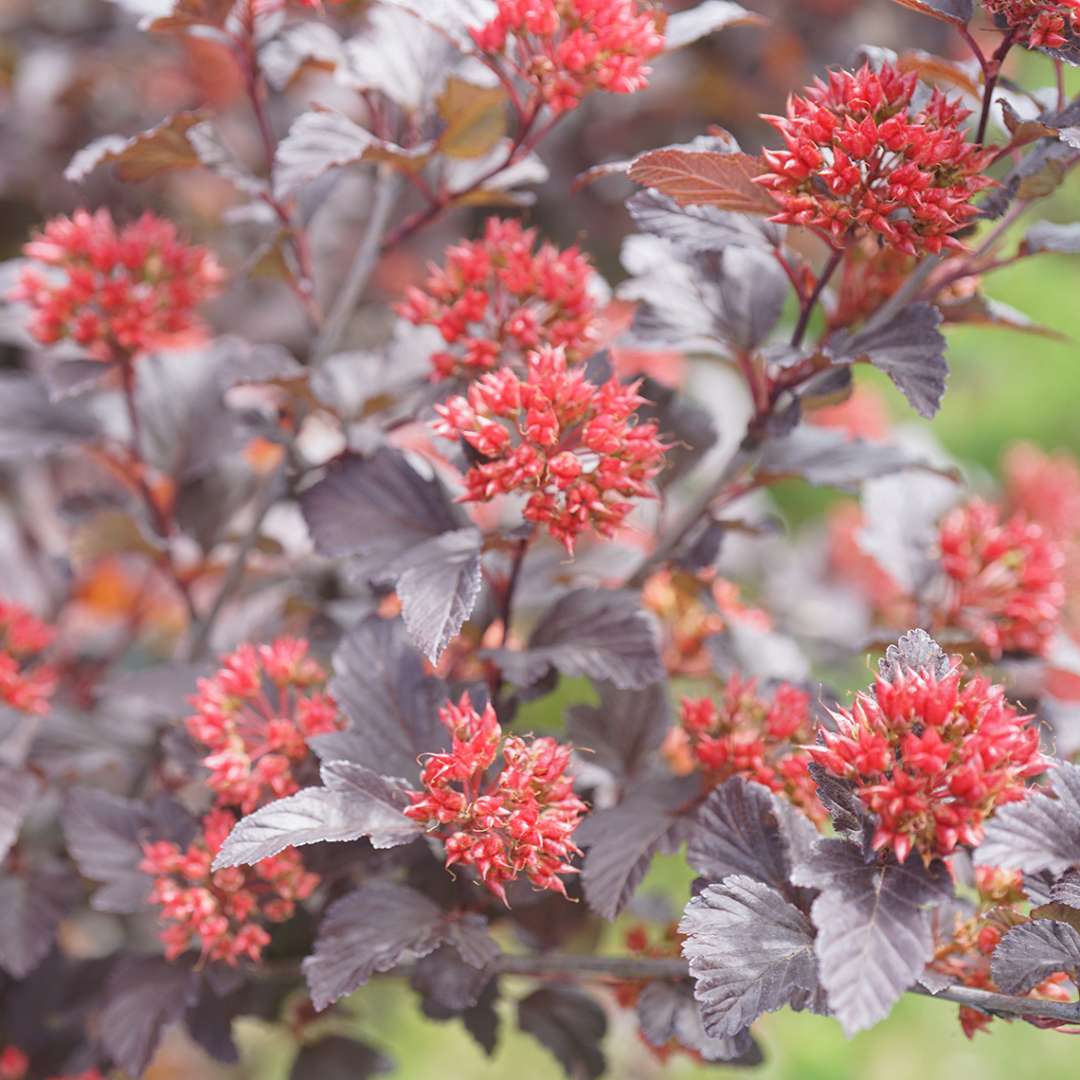
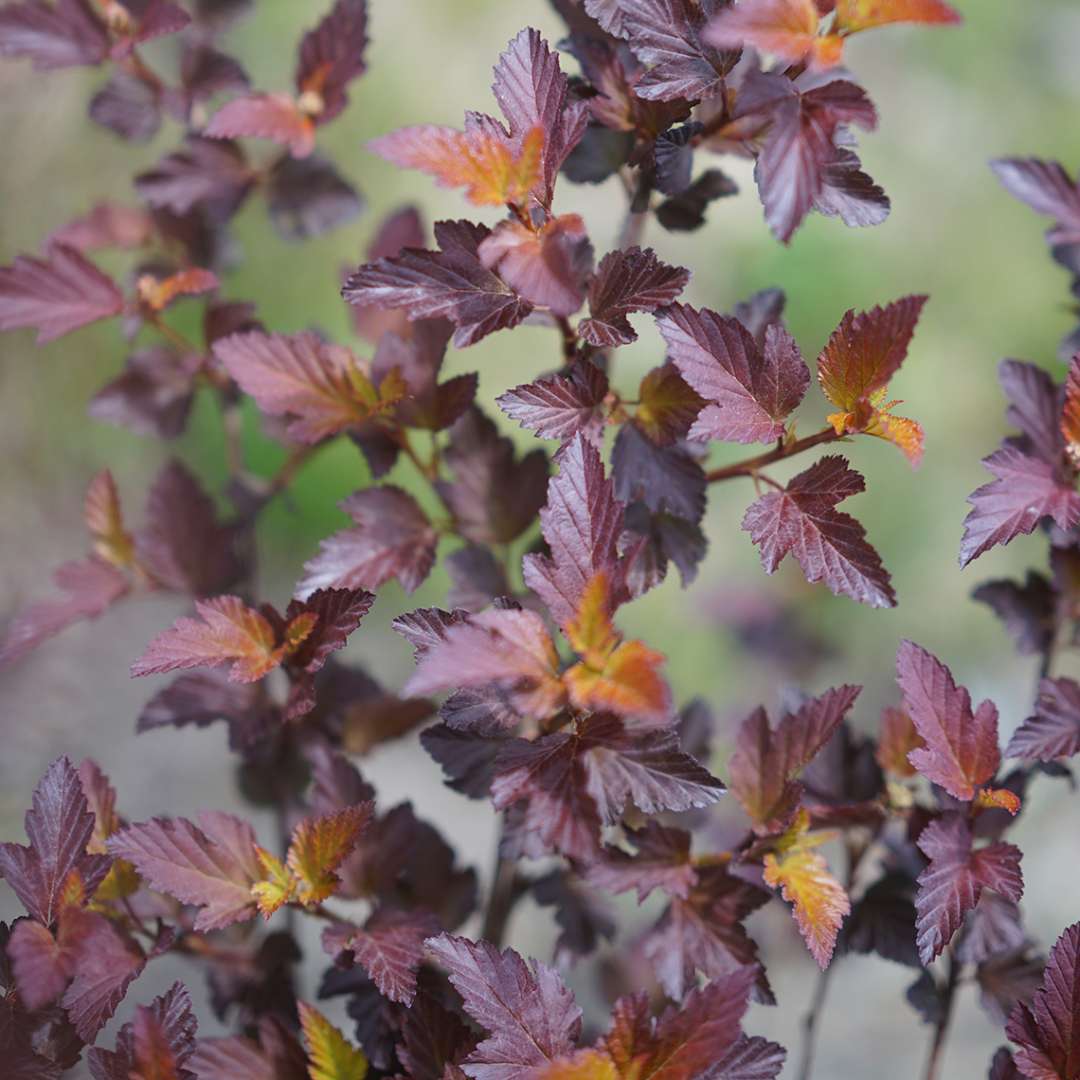
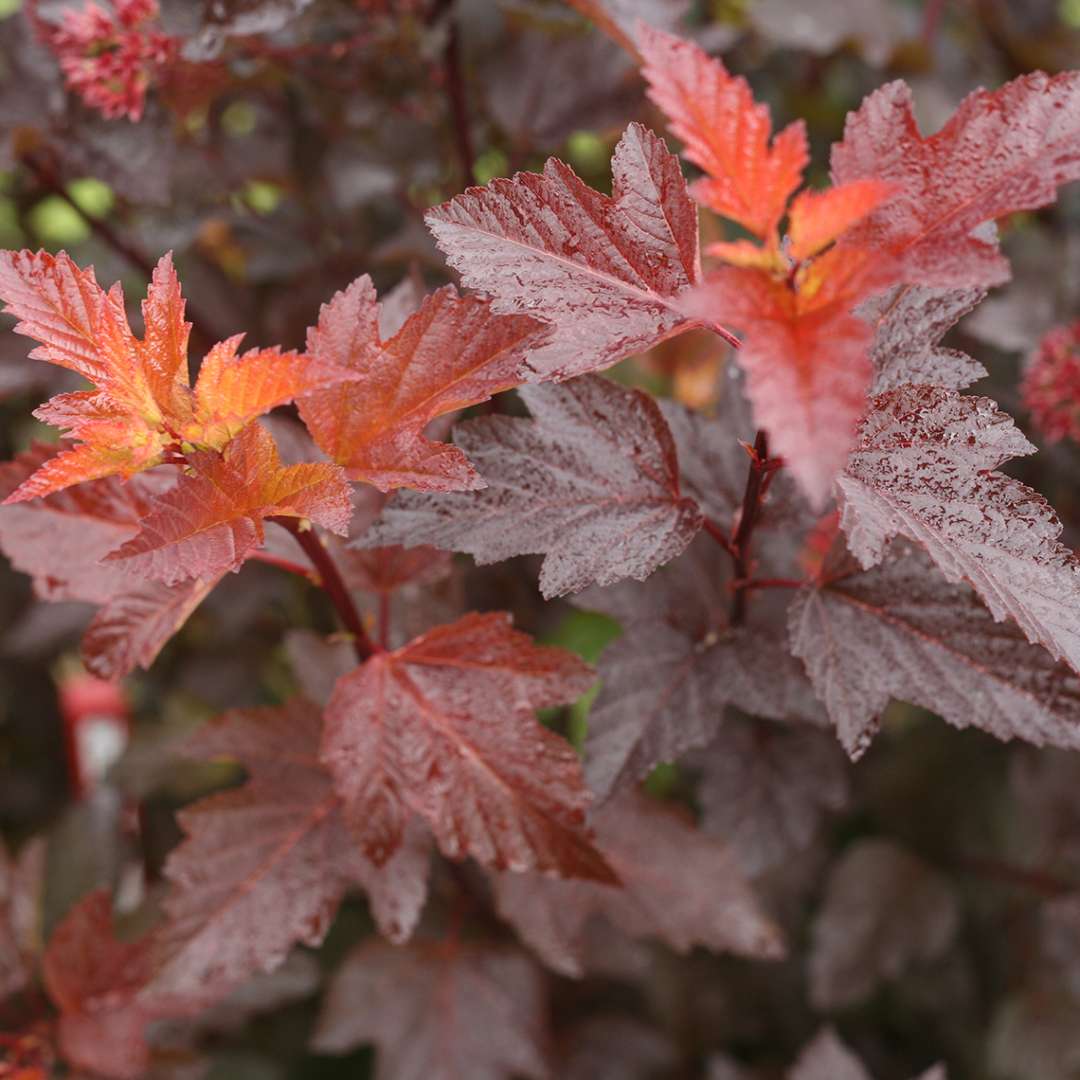

- Outstanding color
- Disease resistant
- Adaptable
- Description
Stand out from the crowd! Ginger Wine® ninebark is imbued with truly exceptional color: rich hues of orange red in spring and fall, and sparkling burgundy in summer. Large white flowers in late spring give way to bright red seed-heads. Sturdy stems and a compact upright habit make this an excellent plant in the container and the landscape. In our trials, it has demonstrated excellent mildew resistance. Native to North America.
- USDA Zone
- 3 - 7 (-40°F/-40°C)
- Exposure
- Full sun
- Height
- 5 - 6'
- Width
- 5 - 6'
- Finish Time
- 1 season
- Type
- Deciduous
- Bloom Time
- Late spring
- Flower Color
- White
- Foliage Color
- Red
- Liner Sizes
- 2 1/4", 4", Quick Turn
General Care
Soil
Extremely adaptable to soil pH and moisture levels.Pruning
To best enjoy its naturally graceful habit, avoid habitual cutting back. If required, prune after flowering or thin out oldest stems in late winter/early spring. May benefit from periodic rejuvenation pruning.Uses
Foundation plantings; mixed borders; specimen; hedging; landscaping.Growing Tips
Though physocarpus can grow in part shade, flowering, foliage color, and disease resistance is best with a minimum of six hours of sun. Physocarpus is amenable to pruning and recovers from it quickly; however, frequent cutting back may cause the plant to develop an odd habit.Features: Attracts pollinators, Clay soil, Foliage interest, Cut flower, Disease resistant, Drought tolerant, Native, Alkaline soil
Filters: Botanical genus: Physocarpus, Common name: Ninebark, Retail program: Proven Winners® ColorChoice®, USDA Zone 3, USDA Zone 4, USDA Zone 5, USDA Zone 6, USDA Zone 7, Exposure: Full sun, Bloom time: Spring, White flowers, Red foliage
Features: Attracts pollinators, Clay soil, Foliage interest, Cut flower, Disease resistant, Drought tolerant, Native, Alkaline soil
Filters: Botanical genus: Physocarpus, Common name: Ninebark, Retail program: Proven Winners® ColorChoice®, USDA Zone 3, USDA Zone 4, USDA Zone 5, USDA Zone 6, USDA Zone 7, Exposure: Full sun, Bloom time: Spring, White flowers, Red foliage

